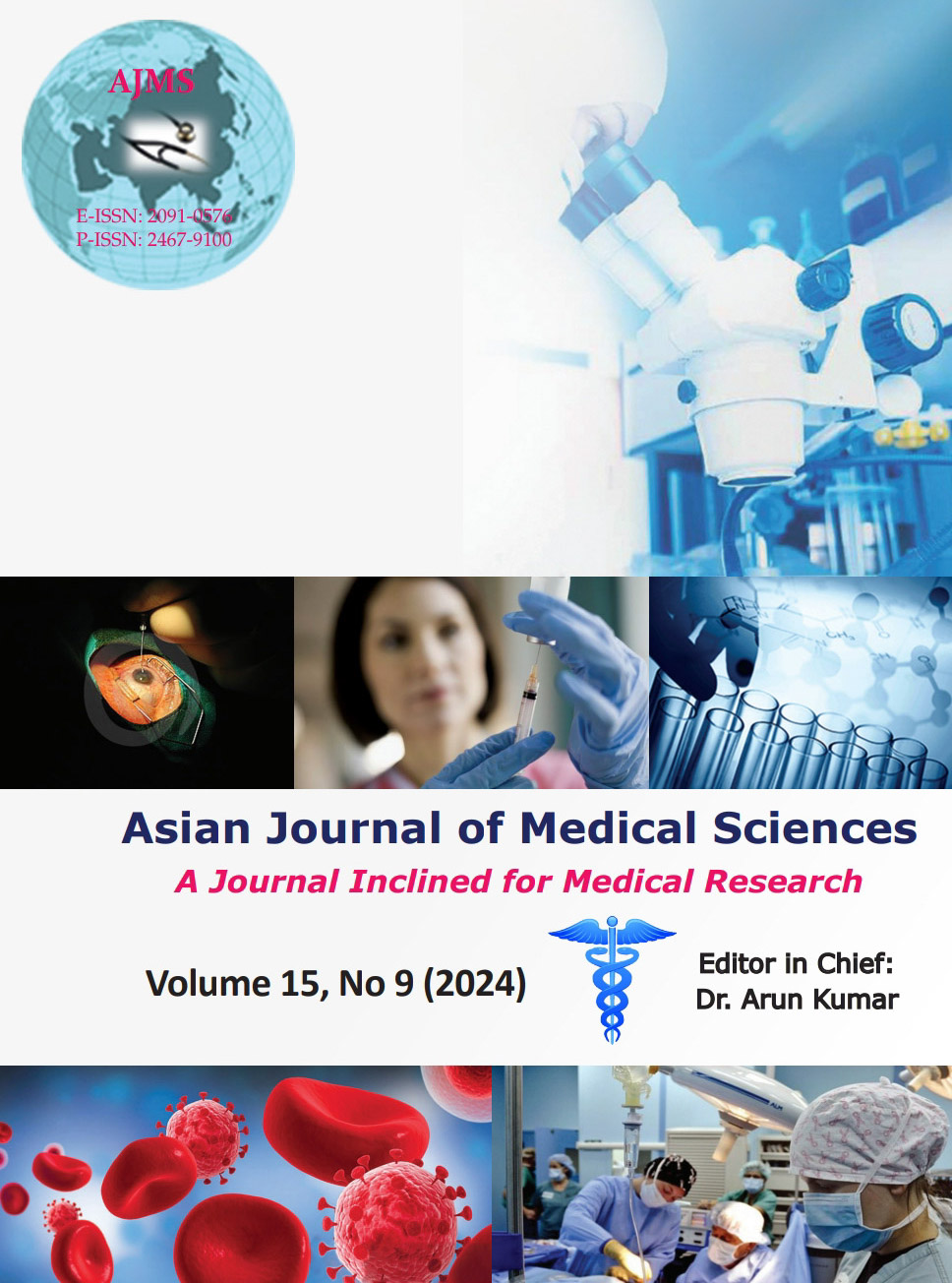Evaluation of otoacoustic emissions and brainstem auditory evoked potential in infants with birth asphyxia
Keywords:
Asphyxia; Infants; Hearing loss; Brainstem auditory evoked potentialsAbstract
Background: Recent technological evolutions allow for the identification of hearing level (HL) in infants soon after birth. The goal of early hearing detection and intervention is to maximize linguistic and communication skills and literacy development for children who are deaf or hard of hearing. Infants whose HL has been confirmed before 6 months of age must be provided early intervention.
Aims and Objectives: The aim of the study was to observe the changes in the otoacoustic emissions (OAE) and brainstem auditory evoked potential (BAEP) in infants with birth asphyxia (BA).
Materials and Methods: The present study was a case–control study. A total of 50 cases of infants with BA and 50 normal-term infants were part of the study after obtaining informed consent as per the ICMR guidelines. A through clinical examination and otoscopy examination were done to rule out any conductive hearing loss. Then, OAE and BAEP were recorded to estimate the hearing loss and hearing threshold of infants.
Results: BAEP waveform I, III, and V absolute latencies were significantly prolonged among BA infants than normal infants. The interpeak latency (IPL) of the right ear III-V was significantly increased in BA infants. However, III-V and I-V latencies though prolonged in BA infants, they are not statistically significant. No significant interaural difference was noted in absolute and IPLs of both BA and normal infants. No significant relationship existed between the mode of delivery and the degree of hearing loss in both ears. Significant association was observed between the degree of hearing loss and severity of BA (hypoxic-ischemic encephalopathy) in both ears.
Conclusion: BAEP recording in BA infants is useful to identify the hearing impairment at the earliest. The implication of this research work will help in early detection of hearing impairment, so that speech and language developmental delay in the child can be prevented.
Downloads
Downloads
Published
How to Cite
Issue
Section
License
Copyright (c) 2024 Asian Journal of Medical Sciences

This work is licensed under a Creative Commons Attribution-NonCommercial 4.0 International License.
Authors who publish with this journal agree to the following terms:
- The journal holds copyright and publishes the work under a Creative Commons CC-BY-NC license that permits use, distribution and reprduction in any medium, provided the original work is properly cited and is not used for commercial purposes. The journal should be recognised as the original publisher of this work.
- Authors are able to enter into separate, additional contractual arrangements for the non-exclusive distribution of the journal's published version of the work (e.g., post it to an institutional repository or publish it in a book), with an acknowledgement of its initial publication in this journal.
- Authors are permitted and encouraged to post their work online (e.g., in institutional repositories or on their website) prior to and during the submission process, as it can lead to productive exchanges, as well as earlier and greater citation of published work (See The Effect of Open Access).




